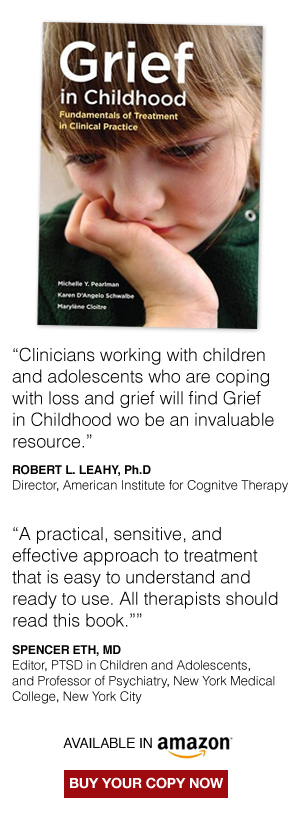How to talk to kids about scary events
How do we make sense of random acts of violence, such as the kind that happened in Tuscon this past Saturday? I don’t know that we really can understand such events, at least not completely. We do our best to pay our respects to those who were hurt or killed and their families, and we cherish our own families and give thanks for their safety. And then most of us try to put these events out of our minds and get back to focusing on our daily lives.
For children and teens, these types of events can be even more frightening than they are for adults (who often are better practiced at compartmentalizing and putting scary thoughts out of our minds, at least temporarily). For those whose children are old enough to hear about violent acts at school or from friends and media sources, it’s helpful for them to discuss their feelings with parents and other trusted adults. This is especially true for those kids who show a desire to talk about what happened.
The first rule of thumb when talking to kids about potentially scary events is to meet them where they are at. In other words, there is no need to either press them to talk, nor to discourage them from thinking about what happened. Allow children to express their feelings and concerns in as much detail and as frequently as they want, and they will let you know when they have had enough (probably by simply changing the topic). When a child or teen broaches the subject for the first time, it is helpful to begin by finding a quiet place to talk (preferably away from other-aged siblings) and letting them know that you are open to the conversation and glad that they came to you. It also may be helpful to have children tell you what they already understand about what happened, and then to provide honest answers to whatever questions they may have. It is okay to show children your own sadness and confusion over these types of events, and if you don’t have an answer to a specific question then that’s okay to share with them, too.
The media coverage of random acts of violence, particularly those involving children and/or public figures, can be exhaustive. It is up to parents to regulate the amount and type of information children are taking in, including what they see on television, the internet and from other sources. While the media can serve to keep people informed and connected, it can also lead to further confusion and fear. Children and teens who have experienced traumatic events in their own lives may be particularly susceptible to these negative effects. In general, the amount of media exposure should be limited to essential information and it should be received with the support of a parent or other adult who can help the child understand and make sense of what is being watched or heard. It also may be helpful to remind children that while these events are repeatedly replayed in the media, they actually do not occur very often. Showing children that you are available to talk, listen, and answer any questions they might have is the best way to help them cope while fostering empathy, understanding, and resilience.

 I am a clinical psychologist living and working in private practice in Rockland County, New York. I am also an adjunct faculty member in the Department of Child and Adolescent Psychiatry at the New York University (NYU) School of Medicine (
I am a clinical psychologist living and working in private practice in Rockland County, New York. I am also an adjunct faculty member in the Department of Child and Adolescent Psychiatry at the New York University (NYU) School of Medicine (
Comments are closed.